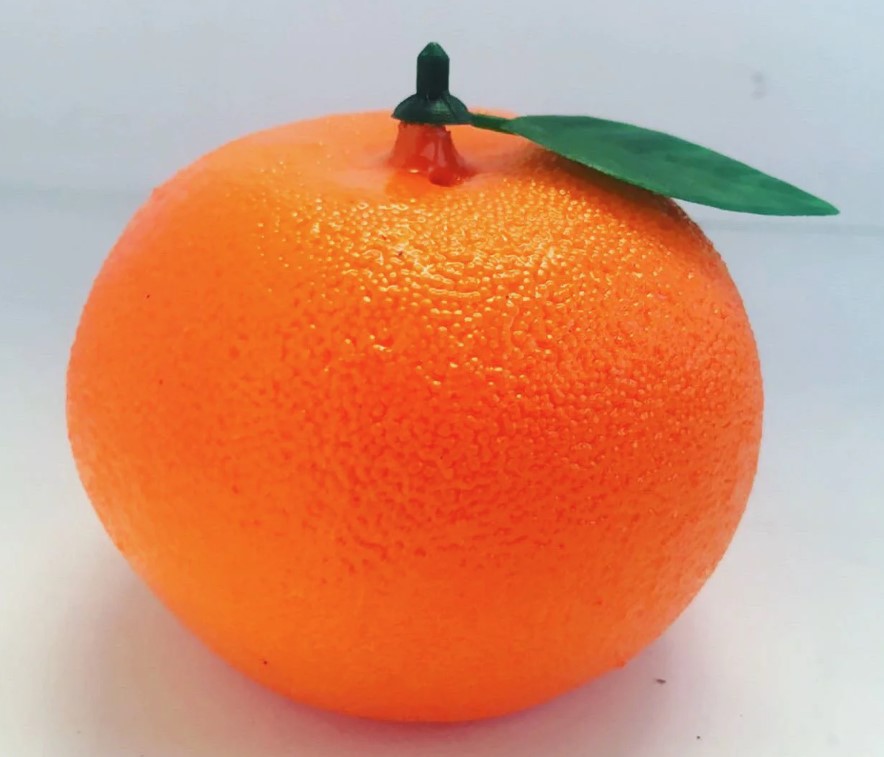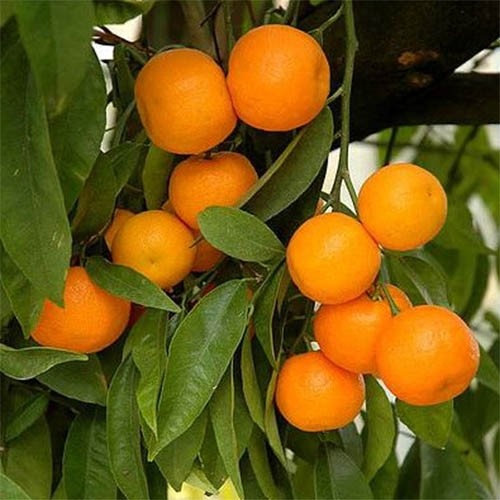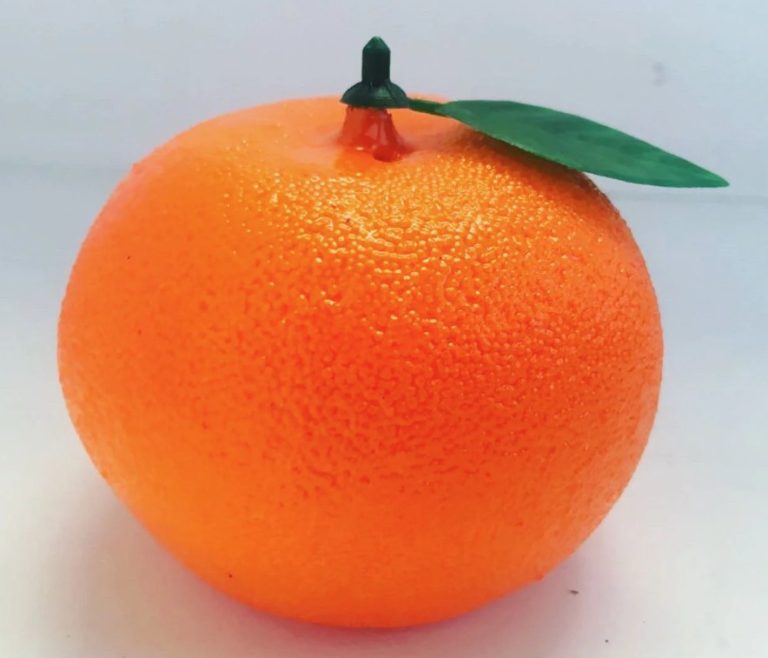Mandarin and clementine are often used interchangeably as terms. But if you look closely, you’ll see some differences. We explain to you what they are and what you should consider when buying citrus fruits.
External differences

Clementines and tangerines only look the same at first glance. If you take a closer look at them, you can spot the following differences:
The tangerine has an orange pulp, while the clementine is more yellow-orange.
If you cut a citrus fruit in half, you’ll see that the flesh is divided into chambers. These chambers are called segments. Tangerines and clementines have different numbers of segments: the tangerine is usually divided into nine, the clementine into eight to twelve.
The tangerine has many seeds, the clementine almost none.
The skin of the clementine is significantly thicker and therefore more resistant to cold and pressure.
Mandarine: Long cultivation tradition and long journey
Mandarins come from China and have been cultivated there for thousands of years. Their name probably comes from the Mandarins. These were high officials in Imperial China who wore an orange robe.
Citrus fruits spread from China to Southeast Asia and Japan. They only came to Europe in 1805 through a certain Sir Abraham Hume, who brought two varieties from China to England.
Today, tangerines are also grown in other parts of the world, especially in tropical and subtropical zones. Because of the many pits in the tangerine, you will usually find more clementines on our supermarket shelves, although tangerines taste more aromatic. Most of the fruit we sell comes from Spain, Italy, Turkey and Israel. It is better to avoid tangerines from more distant countries such as South Africa, because they have a worse climate balance due to the long transport.
The citrus fruits are harvested in autumn. That’s why you’ll find mandarins and clementines here between October and January.
Clementine – daughter of the tangerine
A monk named Frère Clément discovered the clementine in the garden of an orphanage in Algeria in 1912. The monks gave their name to the clementine. The actual origin of the clementine is not known, but there are indications that it used to grow in China.
The clementine originated from a cross between the tangerine and the bitter orange. The latter belongs to the bitter oranges. Thanks to its thicker skin, the clementine can withstand more cold than other citrus plants. It is even grown in France.
Nutrient content of citrus fruits
Mandarins and clementines are high in vitamin C. Although they contain less vitamin C than oranges or lemons, you can cover your daily requirement with three to four larger fruits.
In addition, tangerines and clementines contain:
Folic acid, also known as vitamin B9
Vitamin A and Vitamin E
Vitamin B1 and Vitamin B2
The two citrus fruits, on the other hand, only contain minerals such as iron or zinc in negligible amounts.
Cultivation and harvest of clementines and tangerines
Mandarins and clementines need six to 18 months to ripen. Their cultivation is relatively water-intensive. They are harvested in autumn. After harvesting, the citrus fruits are left for five days to allow the skin to lose water, making it firmer and more resilient.
Then the actual post-processing begins: the green skins of the fruit are “degreened” in a dyeing room at 20 to 24 degrees Celsius. This is done with the help of ethylene gas, which causes the fruit to turn yellowish or orange.
The citrus fruits are then bathed in a bath with pesticides to prevent them from rotting. Because this destroys their natural wax layer, the clementines and tangerines have to be waxed again afterwards. For this purpose, for example, beeswax, shellac or sugar esters are used.
Purchase of tangerines and clementines
If you eat tangerines or clementines, you should wash the skin thoroughly with hot water and clean your hands again before they come into contact with the pulp. Chemicals, such as insecticides, are transferred to the hands when they are peeled.
It is best, of course, if you buy organic fruit:
Organic clementines and mandarins are subject to much stricter guidelines and may not be chemically treated.
No artificial fertilizers may be used during cultivation.
Organic farming is often more water-efficient.
The working conditions are better.
By the way: A green peel is not a sign that the fruit is unripe. Sometimes the coloring just didn’t work as desired. This doesn’t make the tangerines and clementines taste any less good.
Clementines and tangerines: How to store them properly
Thanks to their thicker skin, clementines can be stored longer than tangerines. While tangerines dry out after just one to two weeks, clementines can be kept for up to four weeks. After the harvest, the fruits no longer ripen.
These tips will keep tangerines and clementines fresh for the longest time in your home:
Don’t buy fruit that is already mushy. Put them as high up in your shopping bag as possible so they don’t get crushed.
You can store clementines in the vegetable drawer of your refrigerator for a week or two. Make sure the fruit is well ventilated to avoid mold.
If you plan to use your clementines or tangerines within a few days, you can store them in a cool room. Place the fruit in a bowl to give them enough air and protect them from sunlight.
And canned tangerines?

In spring and summer you will only find canned tangerines in the supermarket. These have been treated with diluted hydrochloric acid to make them lose their inner shell. This is not harmful, hydrochloric acid is also in the stomach for digestion. However, the canned fruits hardly have any vitamins, but they have an even higher sugar content because they are placed in sugar solution.
The purchase of aluminum cans should also be viewed critically. Aluminum is a problematic substance and the cans are also coated with plasticizers, most of which contain the harmful substance bisphenol-A. It is therefore better to avoid canned tangerines and instead use seasonal fruit.




